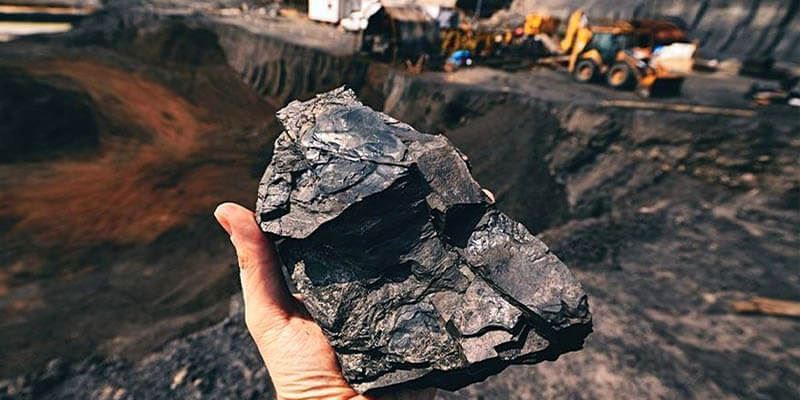Iran, blessed with abundant mineral resources, has long been a significant player in the global iron ore market. However, the landscape of its iron ore exports has
undergone substantial changes in recent years. This article delves into the intricacies of Iran’s iron ore export industry, focusing on trends, challenges, and impacts over the past five years.
The Shifting Sands of Export Trends
Since 2018, Iran’s iron ore export industry has experienced a rollercoaster ride. The country, once poised to become a major exporter, has faced numerous obstacles that have reshaped its export strategies and volumes.
In 2018, Iran was exporting substantial quantities of iron ore, with ambitious plans to increase its market share. However, the reimposition of international sanctions in that year marked a turning point. These sanctions, primarily led by the United States, didn’t directly target iron ore but significantly impacted Iran’s ability to trade freely in the global market.
The subsequent years saw a gradual decline in export volumes. For instance, in the fiscal year 2019-2020, Iran exported approximately 17 million tons of iron ore, a figure that represented a decrease from previous years. This downward trend continued, with exports further declining in 2020 and 2021.
The impact of international sanctions on Iran’s iron ore exports cannot be overstated. These sanctions have led to:
- Increased Export Restrictions: Many traditional buyers became hesitant to purchase Iranian iron ore due to fear of secondary sanctions.
- Altered Export Routes: Iran had to find new, often more complex and costly, ways to export its iron ore.
- Reduced Export Volumes: The overall volume of exports decreased significantly as a result of these challenges.
- Creative Workarounds: Iran developed various strategies to circumvent sanctions, including barter trade and using intermediary countries.
Despite these challenges, Iran has shown remarkable resilience. The country has managed to maintain a presence in the global iron ore market, albeit at a reduced capacity.
Key Destinations: Where Does Iranian Iron Ore Go?
The landscape of Iran’s iron ore export destinations has evolved in response to geopolitical pressures. While traditional markets have become less accessible, new opportunities have emerged:
- China: Remains the largest importer of Iranian iron ore, despite fluctuations in trade volumes.
- India: Has emerged as a significant buyer, especially when global prices are favorable.
- Regional Markets: Countries in the Middle East and Central Asia have become increasingly important destinations.
It’s worth noting that the exact export figures to these countries can be challenging to verify due to the complex nature of Iran’s international trade under sanctions.
The Economic Ripple Effect
Iron ore exports play a crucial role in Iran’s economy, particularly in its non-oil export sector. The industry:
- Contributes significantly to foreign exchange earnings
- Provides employment in mining regions
- Supports related industries such as transportation and processing
However, the volatility in export volumes and prices has led to economic challenges. The reduced export capacity has impacted government revenues and investment in the mining sector.
Facing Off Against Global Competitors
In the global iron ore market, Iran faces stiff competition from major players:
- Russia: A formidable competitor with vast resources and established export routes.
- South Africa: Known for high-quality iron ore and strong ties with Asian markets.
- India: A growing force in iron ore exports, particularly to Asian countries.
These competitors have capit

